Money in Malaysia: A Tourist Guide to ATMs, Cards and Exchange
This post may contain affiliate links. If you make a purchase using one of these links, I may receive a small reward at no extra cost to you. See my Disclosure Policy for more information.
Ringg it, baby!
Okay, okay, that was a bad one (if you don’t get the joke, it’s the currency’s name – Ringgit – an old word for “jagged” as the edges of old coins were).
Malaysia is easy when it comes to finances – just pay by card at most places, withdraw fee-free from almost all ATMs, and don’t bother exchanging cash unless you really have to.
| Best foreign currency to bring | USD, Euro, GBP, etc. |
| Where to exchange? | Banks, exchange bureaus |
| ATMs without a fee | Most don’t charge |
| Can you withdraw USD directly? | No |
| Can you use Revolut, Wise, Monese, etc? | Yes! |
| Cash or card? | Both |
For more details, this is the full guide to money in Malaysia for tourists!
Currency in Malaysia
The currency in Malaysia is the Malaysian Ringgit with ISO currency code MYR, but more often as RM (Ringgit Malaysia) inside the country.
The Ringgit is relatively stable and trades at around 1 MYR = 0.21 USD. In other words, you can multiply prices by 2 and remove a zero to get the price in USD. Check the rates online for other currencies.
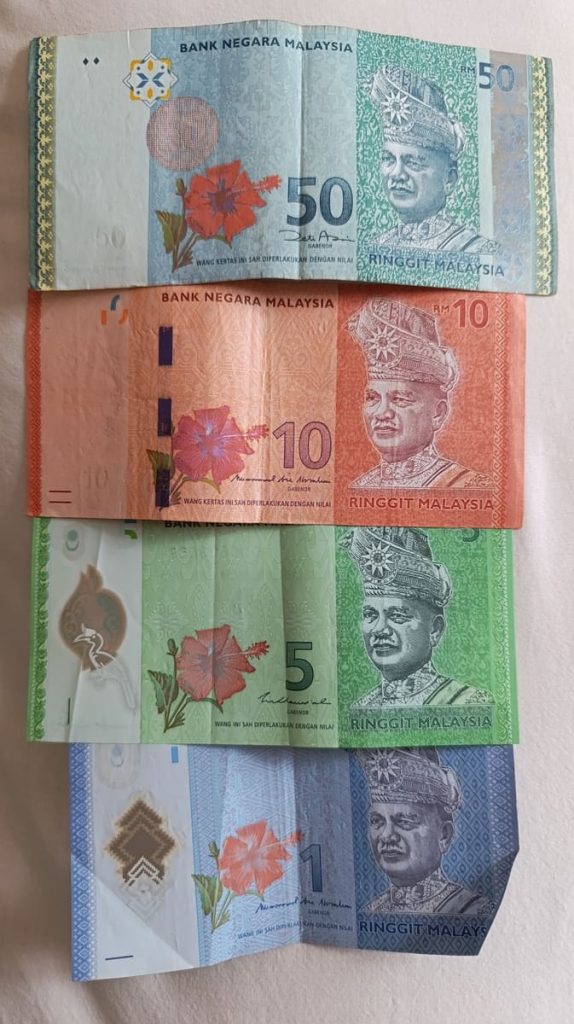
The Ringgit banknote denominations are 1, 5, 10, 20, 50, and 100, each a few millimeters larger than the previous. The 100 MYR is the biggest banknote and is worth around 20 USD.
The 1 and 5 Ringgit banknotes are made of polymer, which is quite durable. The 10, 20, 50, and 100 are paper-based, but most banknotes have very few visible signs of wear and tear.
Important: The 10 and 20 Ringgit notes have similar hues of orange-yellow.
There are also coins called “sen” (simplified “cent”) which range in value between 0.05, 0.1, 0.2, and 0.5 MYR.
Can you use your card in Malaysia?
Yes, in most places in Malaysia, you can pay by card.
From convenience stores, restaurants, and malls, to hotels and bus tickets, almost anything can be paid for by card.
A notable exception is the hawker centers, street food stalls, and kopitiam establishments – there, it’s cash only.
Card payments are not charged a commission in most cases, so you will pay what the sign says.
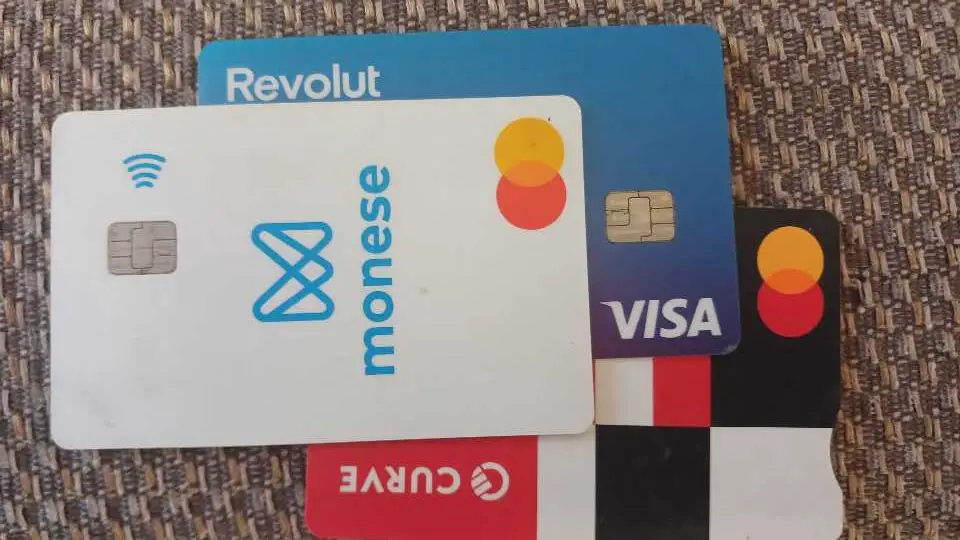
All kinds of cards are accepted: Visa, Mastercard, Maestro, and American Express.
ATMs in Malaysia
ATMs and ATM centers are easy to come by in Malaysia. There is usually one behind the corner in cities like Kuala Lumpur, Ipoh, Georgetown, Johor Bahru, and Melaka.
Even in smaller towns, there will certainly be a couple of ATMs.
You will struggle to find an ATM in the jungle, obviously.
Pro tip: There are 24/7 fee-free ATMs at both KLIA1 and KLIA2 in the arrival and departure areas. If you somehow miss them, you can pay your bus/train ticket by card and withdraw cash from the ATMs at KL Sentral (also operating 24/7).
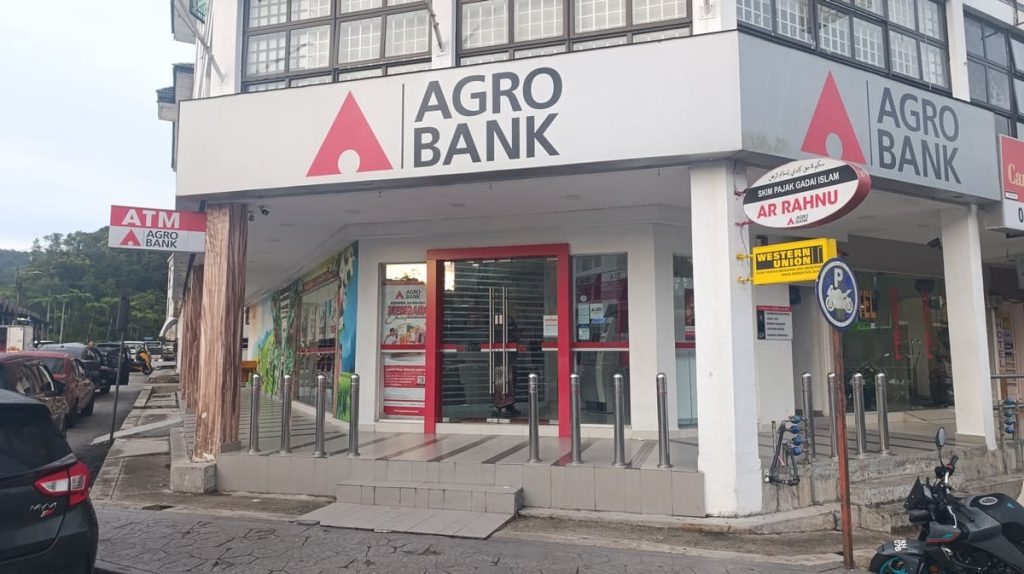
Visa and Mastercard are universally accepted, although I’ve had instances where they were rejected by particular ATMs. If this happens, change to another ATM.
The maximum withdrawal limit on ATMs in Malaysia is 3000 MYR (30 banknotes of 100 MYR, but 1500 if the ATM only has 50 MYR notes). This equates to around 640 USD and is enough to last you for at least 3 weeks of backpacking in Malaysia.
Withdrawal Fees
Rejoice – most ATMs in Malaysia have no withdrawal fees!
Some of the banks that offer fee-free withdrawals are Maybank, HSBC, CIMB, and Agrobank.
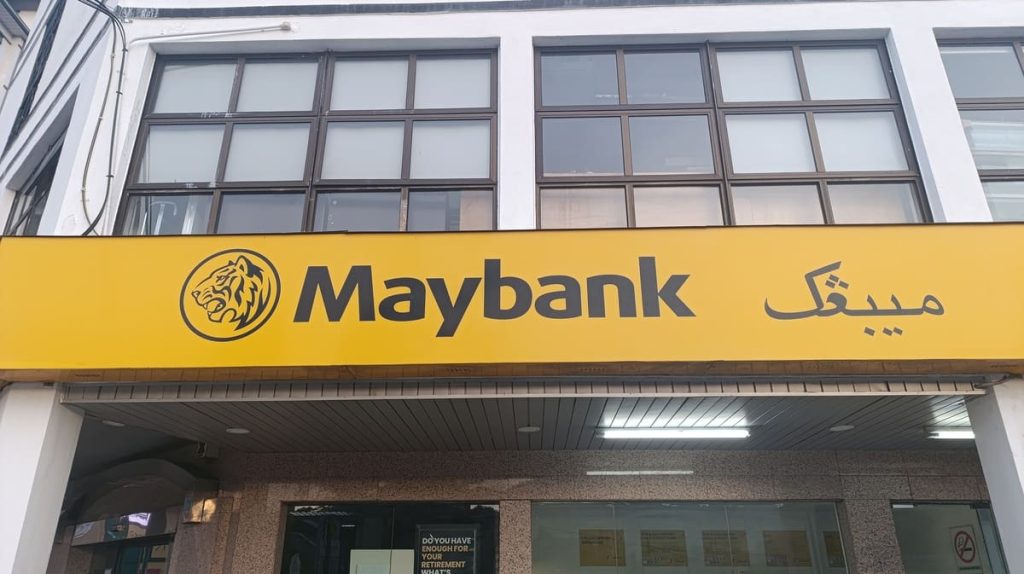
I prefer to use Maybank for some reason – it’s the biggest bank in Malaysia, their ATMs are easy to find and are always in an air-conditioned area.
Pro tip: Avoid Euronet! It recently acquired 800+ ATMs in Malaysia and charges exorbitant fees. Their ATMs look shabby and can usually be seen in convenience stores.
Let me also remind you to NEVER accept Dynamic Currency Conversion (DCC) when offered at an ATM. The ATMs in Malaysia always give you the option, and the rate offered is always horrendous.
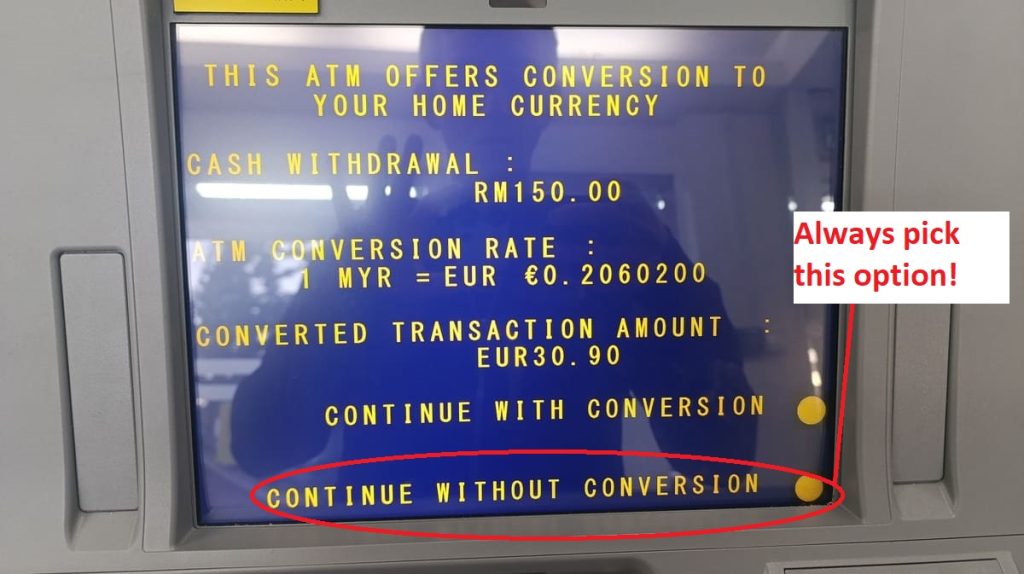
Exchanging Money in Malaysia
With card payments widespread and ATMs not charging any withdrawal fees, exchanging money is unnecessary in Malaysia.
But if you carry foreign currency, you will be able to change it to MYR easily.
Exchange bureaus are easy to find in the city centers and rates are pretty competitive.
Pro tip: Don’t change money at KLIA (Kuala Lumpur International Airport). The currency margins there are so large, you will effectively be paying an 8-10% commission.
What currency to bring
As with almost anywhere in the world, the US dollar is the best foreign currency to carry to Malaysia.
You will have no issues exchanging these currencies, too:
- Euro;
- British Pound;
- Chinese Yuan;
- Australian Dollar;
- New Zealand Dollar;
- Japanese Yen;
- Canadian Dollar;
- Singaporean Dollar;
- Indonesian Rupiah;
- Thai Baht.
In big exchange bureaus in Kuala Lumpur, you may be able to exchange even smaller currencies, but as a rule of thumb, if your currency is not on the list above, it’s best to change it to USD before you travel.
How much cash to bring to Malaysia?
This depends on your way of traveling and your budget. Using your card in Malaysia is pretty easy, so there’s no need to bring too much physical cash.
My advice is to have at least 200$ just in case something goes wrong with your bank cards and you need emergency cash until you sort it out.

I’ve been to Malaysia multiple times, and I’ve never exchanged any money. I use my Revolut card when possible and withdraw a couple of hundred Ringgit for the hawker centers and kopitiams where they only take cash.
On the other hand, if you’re wondering how much money you need to travel to Malaysia, you can check out my backpacker’s budget report for Malaysia.
Example prices
These are actual price ranges from 2024. All prices are in MYR (5 MYR ~~ 1 USD).
- Latte: 6 – 10
- Curry Laksa: 7-12
- Plain roti: 1-2
- A can of soft drink: 2-3
- Can of beer (supermarket): 5-12
- Can of beer (bar): 8-20
- Museums: 5-20
- Public transportation in Kuala Lumpur: 1.2-5
- Bus from KL to KLIA airport: 15
- Train from KL to KLIA airport: 55
- Overland bus travel – ~8 per hour of travel
- Budget hostel: 30-45
- Mid-range hotels – 100-250
- Half-day group tour – 50-250
- Travel Insurance from SafetyWing (covers you in Malaysia): ~22 USD for a 10-day trip.
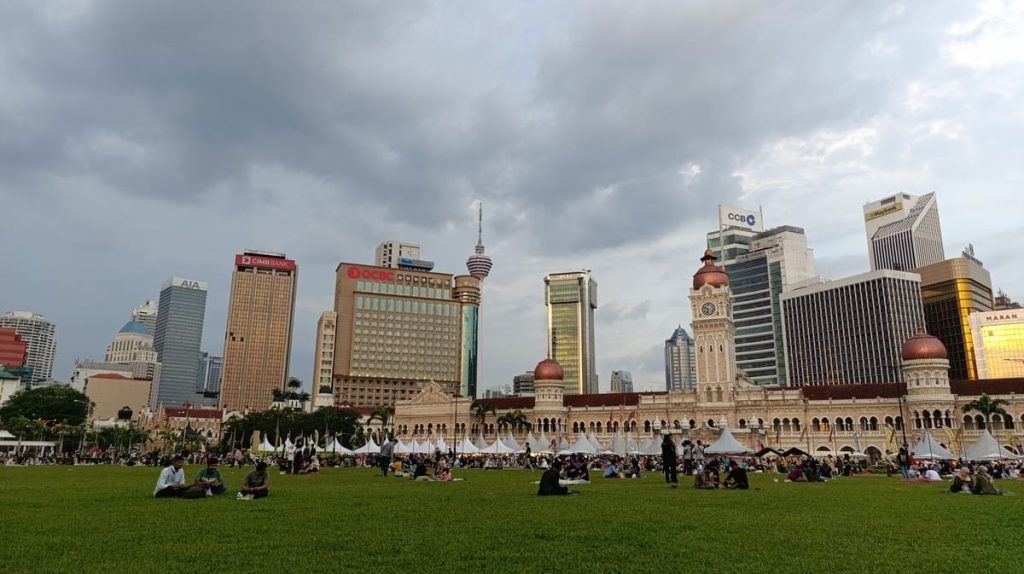
See my budget report for Malaysia for more details.
Bargaining
Bargaining is not really a thing in Malaysia except for touristy markets like Chinatown in Kuala Lumpur, flea markets, and if there are sales at the store.
Now that I think about it, the Chinatown market and the nearby flea market are the only places I’ve bargained at in all of Malaysia.
Prices for most things are set (and set fairly), and there is just no need for bargaining.
Tipping
Tipping is not customary in Malaysia.
I’ve never tipped, and I’ve never seen anyone tip for food. I guess you can tip in a fancy restaurant, but really, it isn’t necessary or expected.
Frequently Asked Questions
Let’s answer some of your most burning questions about money in Malaysia.
What is the ATM withdrawal limit in Malaysia?
The maximum withdrawal limit is 30 banknotes. If the ATM dispenses 100 MYR notes, then this makes 3000 MYR. If it dispenses 50 MYR notes, the maximum is 1500 MYR.
Most banks don’t charge a withdrawal fee, so you can withdraw twice, thrice, or more in a row. There is no daily limit, but you may have one set by your bank.
Can you use US dollars in Malaysia?
No, you cannot use USD in Malaysia. For all daily transactions and all purchases, you can only use the Malaysian Ringgit.
Can you use Revolut in Malaysia?
Yes, Revolut cards work in Malaysia. You can withdraw from ATMs and pay at POS terminals with your Revolut card.
As a matter of fact, that’s what I usually do when I go to Malaysia – just pay for everything using Revolut.
Similar fintech apps like Wise, Monese, Curve, N26, and Starling also work seamlessly.
If you are going to other Southeast Asian countries, you may want to read my money guides for them too:
- Tourist Guide to Money in Indonesia
- Tourist Guide to Money in Thailand
- Tourist Guide to Money in Laos
- Tourist Guide to Money in Vietnam
- Tourist Guide to Money in Cambodia
- Tourist Guide to Money in the Philippines
- Tourist Guide to Money in Myanmar
- Tourist Guide to Money in Timor Leste
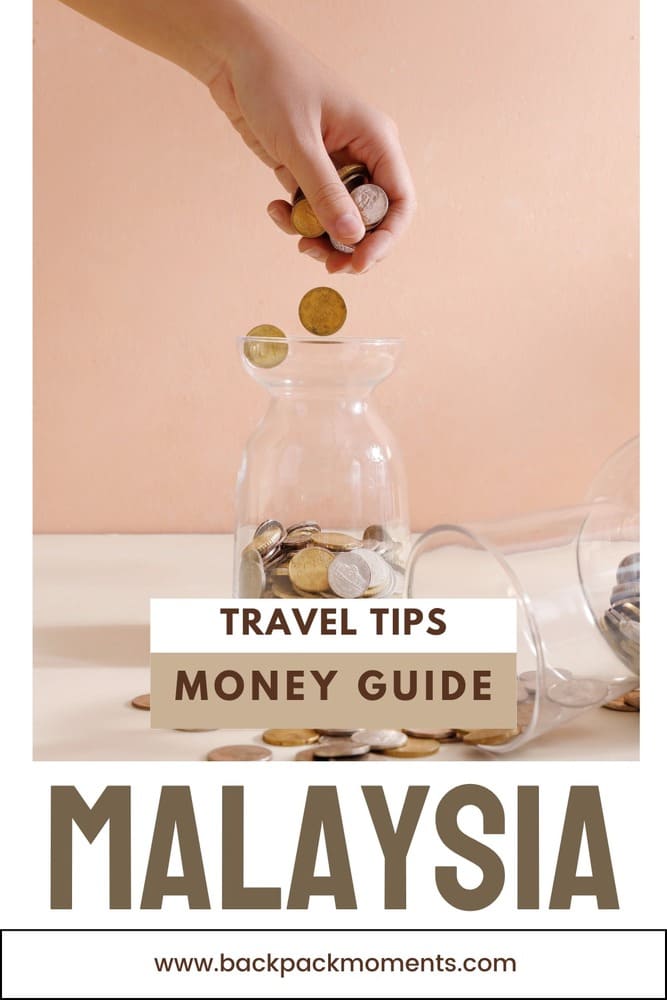
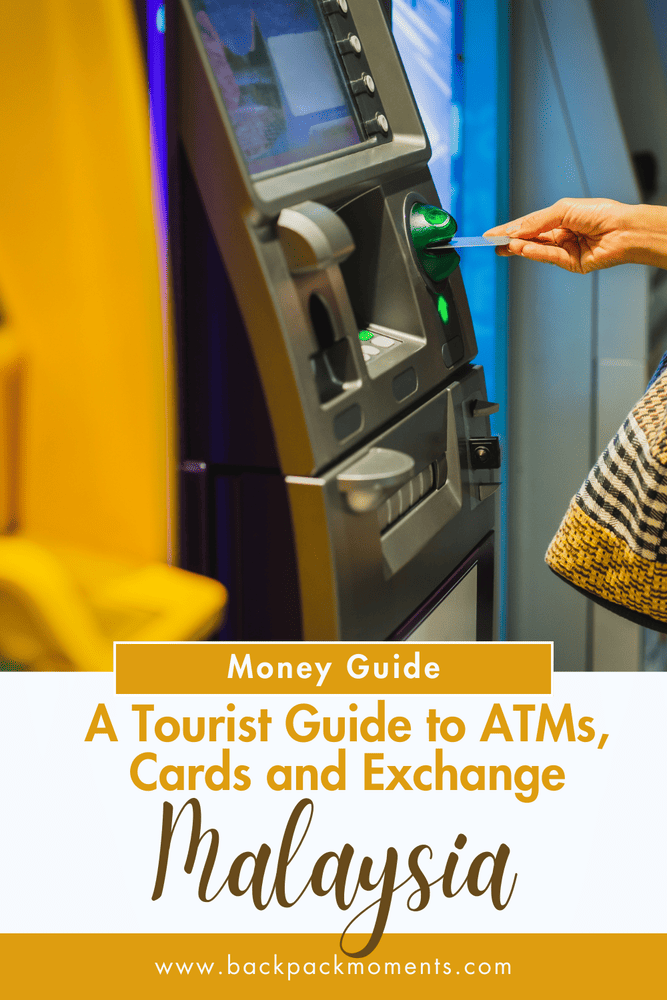

Train from KL to KLIA airport: 55
Not really.
https://www.kliaekspres.com/products-fares/klia-transit/#transit_standard_tickets
KLIA T1/2 – Salak Tinggi: RM4.90
Salak Tinggi – KL Sentral: RM18.30
Total: RM23.20
The trick is that you must split the trip to two parts, hence buy two tickets. Then at Salak Tinggi you need to off the train, check out with the first ticket, then check in with the second. You have 15 minutes time gap between the trains to do this.
That’s a trully useful tip! Thanks!
I will still stick to the bus (only 15 MYR) but this can definitely save 30 odd MYR from the standard KLIA-KL Sentral train ticket!